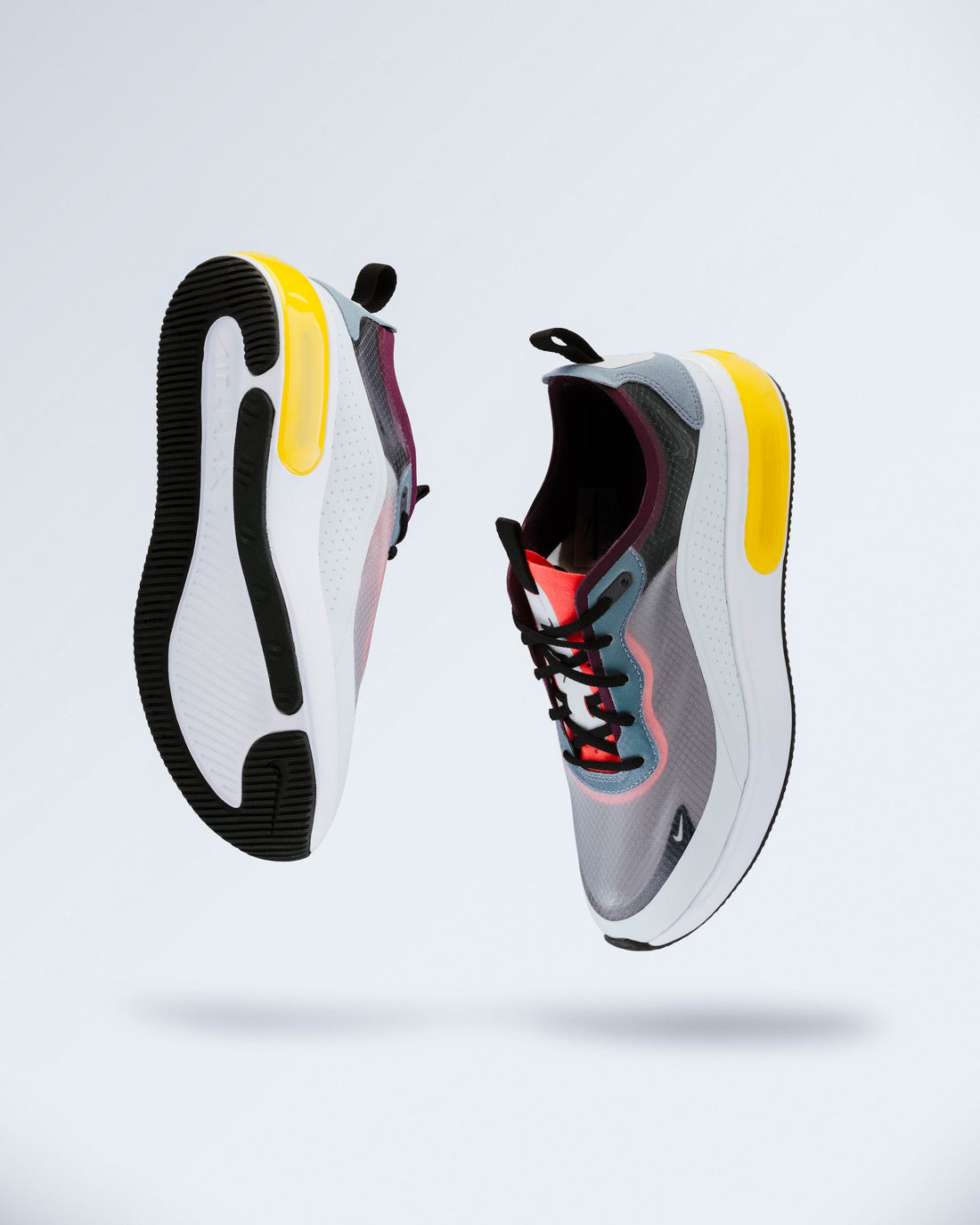
The Role of Arch Support in Running Shoes
Share
When it comes to choosing the right running shoes, many factors come into play. One of the most crucial aspects is arch support. The arch of your foot plays a significant role in shock absorption, stability, and overall comfort during your runs. Understanding the importance of arch support and how it affects your running experience is essential. In this blog post, we'll delve into the role of arch support in running shoes and how to choose the best option for your feet.
The Basics of Arch Support
The arch of your foot is not just an architectural feature; it's a biomechanical wonder. It serves as a natural shock absorber, distributing the impact of each step and providing stability as you move. However, not all arches are the same. There are three primary types of arches:
-
Normal or Medium Arch: A normal arch has a moderate curve, offering a balance between flexibility and support. Runners with medium arches tend to have a neutral pronation, which means their feet roll inward slightly during a stride.
-
Low Arch (Flat Feet): A low arch has minimal or no curve, which can lead to overpronation. Overpronation is when the foot rolls excessively inward with each step, potentially causing discomfort and increasing the risk of injury.
-
High Arch: A high arch is characterized by a pronounced curve, resulting in underpronation or supination. This means the foot doesn't roll inward enough during a stride, leading to increased shock on the legs.
Why Arch Support Matters
Arch support in running shoes is designed to accommodate these various arch types and provide the following benefits:
-
Shock Absorption: Arch support helps absorb the impact of each step, reducing the stress on your feet, knees, and lower back. This is crucial in preventing injuries and enhancing overall comfort during your runs.
-
Stability: Proper arch support promotes stability, reducing the risk of your feet rolling excessively inward (overpronation) or outward (underpronation). It encourages a more natural and efficient gait.
-
Even Weight Distribution: By providing support to your arches, the pressure is evenly distributed across your feet, reducing the risk of hotspots, blisters, and discomfort.
Choosing the Right Arch Support
Selecting the appropriate arch support in your running shoes involves understanding your arch type and gait. Here's how to choose the right option:
-
Know Your Arch Type: Start by determining your arch type. You can do a simple wet test at home by wetting the soles of your feet and stepping on a piece of paper to see your footprint. Alternatively, consult a podiatrist or visit a specialized shoe store for a professional analysis.
-
Consult a Specialist: If you have specific concerns about your arches or gait, consider consulting a podiatrist or physical therapist. They can provide expert guidance and may recommend custom orthotics tailored to your unique needs.
-
Understand Pronation: Different running shoes are designed for various pronation types. Motion control shoes are ideal for overpronators, stability shoes offer balanced support for normal arches, and cushioned shoes are suitable for underpronators. Be sure to choose shoes that match your arch type and pronation.
-
Try Before You Buy: Always try on running shoes before making a purchase. Walk or run around the store to ensure the arch support feels comfortable and suits your feet. Look for shoes with cushioning and midsole technologies that cater to your specific needs.
-
Replace Regularly: Over time, the cushioning and arch support in running shoes wear out. Be mindful of the mileage you put on your shoes and replace them as needed, typically every 300-500 miles.
In conclusion, arch support is a critical factor in selecting the right running shoes. The level of support you need depends on your arch type and pronation. By understanding your unique requirements and choosing shoes that provide the appropriate arch support, you can enhance your running experience, reduce the risk of injuries, and enjoy the comfort and stability that well-designed running shoes offer.
